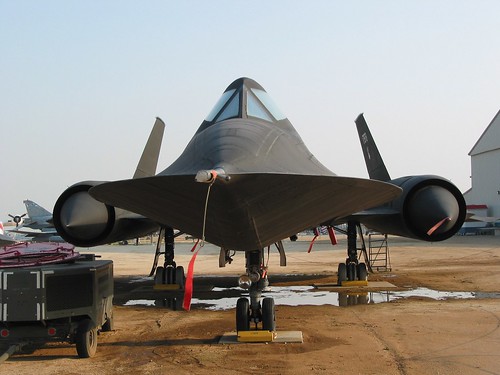Sir Alan Cobham's Grappled-line looped-hose air-to-air refueling system borrowed from techniques patented by David Nicolson and John Lord, and was publicly demonstrated for the first time in 1935. In the system the receiver aircraft, at one time an Airspeed Courier, trailed a steel cable which was then grappled by a line shot from the tanker, a Handley Page Type W10. The line was then drawn back into the tanker where the receiver's cable was connected to the refueling hose. The receiver could then haul back in its cable bringing the hose to it. Once the hose was connected, the tanker climbed sufficiently above the receiver aircraft to allow the fuel to flow under gravity.[11][12] (see reference #8 Gas Station in the Sky for detailed drawing of this type of operation.)



